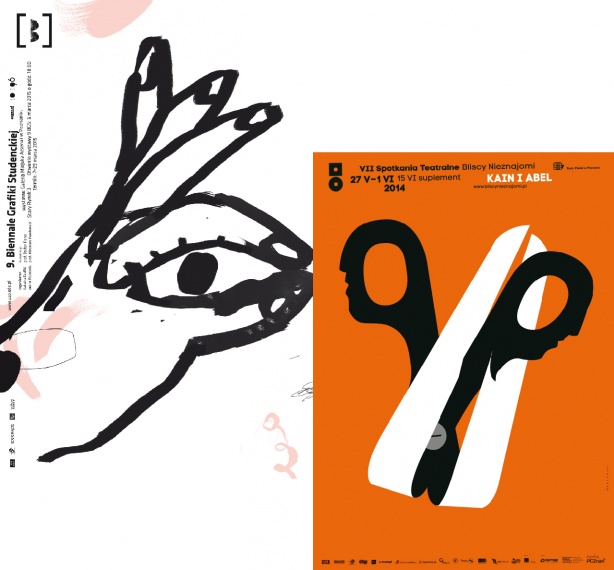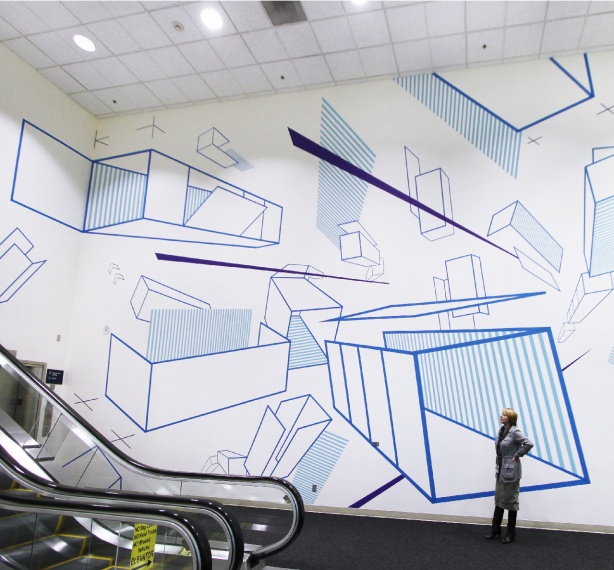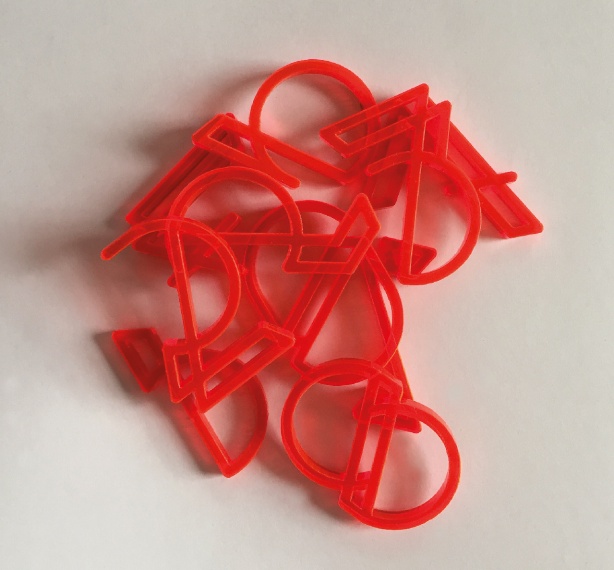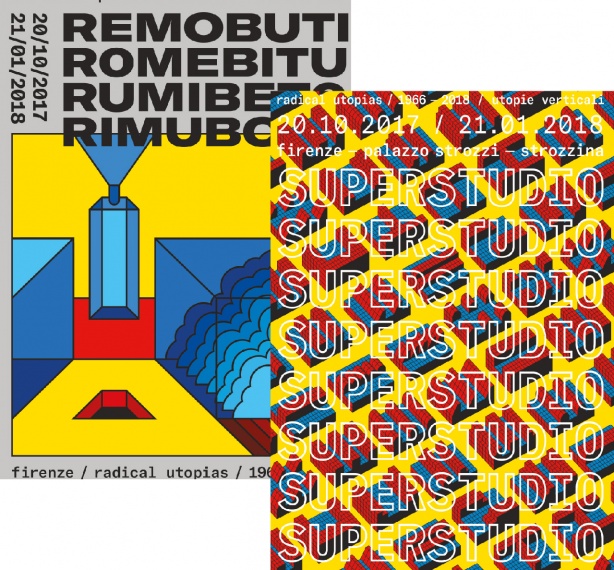The Versatility of an Application that isn’t an APP!
Design Thinking isn’t exclusively for artists and designers in the creative fields; in fact it finds applications across sectors including government, education, sports, healthcare, non-profits and start-ups; and professions ranging from management, research, manufacturing, marketing, logistics, retail... and the list goes on. It is most often employed to formulate strategies.
Sometimes referred to as “human-centred”, design thinking is in essence a creative and iterative approach to problem-solving that places humans at the centre of the process. It is the weapon of choice to tackle strategic issues for businesses, large or small, because it emphasises exploration of the problem space before thinking about a solution. This innovative methodology relies on an empathetic understanding of its stakeholders, coupled with the facilitation of cross-hierarchy discussions and collaborations. Instead of a top-down chain of commands, ideas are generated from all levels; instead of being bogged down in the challenges of today and issues of yesterday, focus is shifted to envisioning a future that is aspirational.
The flexible nature of design thinking is the reason why this methodology is so widely used across different industries and professions. In government across many countries — as part of the empathy phase in design thinking — we see more facilitation of public enquiries before rolling out full-fledged policies.
In the technology sector, the iterative process of trial and proof of concept with focus groups before deploying solutions are in essence quick prototyping of products and solutions. In business, the process of product creation, marketing and communications requires company-wide discussions to explore challenges — an ideation phase that often requires individuals to work independently then together so that ideas can be built upon one another.
Design Thinking is obviously useful in many ways as a strategy to innovate, but it should not be regarded as a one-stop-shop for all your problems. Equally applicable and mutually confusing methodologies include: Lean Startup, Agile, Pretotyping and Design Sprint — all of them attempts to codify a science from the art of problem-solving.
As Tim Brown, the CEO of product-design company IDEO, puts it: “Design Thinking can be described as a discipline that uses the designer’s sensibility and methods to match people’s needs with what is technologically feasible and what a viable business strategy can convert into customer value and market opportunity.”
Others

最新動態 | 1 September 2018
Celebrating Half-A-Century of Polish Poster Art

最新動態 | 1 September 2018
Loneliness of the Long-distance Cyclist/Solo Creator

最新動態 | 1 September 2018
Artist Interview - Bal Icme

最新動態 | 1 September 2018
Artist Interview - Damien Gilley

最新動態 | 1 September 2018
Artist Interview - Zach Johnson

最新動態 | 1 September 2018
Artist Interview - Giga Kobidze

最新動態 | 1 September 2018
Artist Interview - Yann Sadi

最新動態 | 1 September 2018
Thinking on the Edge, the Corner and the Flap of the Box

最新動態 | 1 September 2018
Artist Interview - Mark Richardson

最新動態 | 1 September 2018
Artist Interview - Riccardo Sabatini
